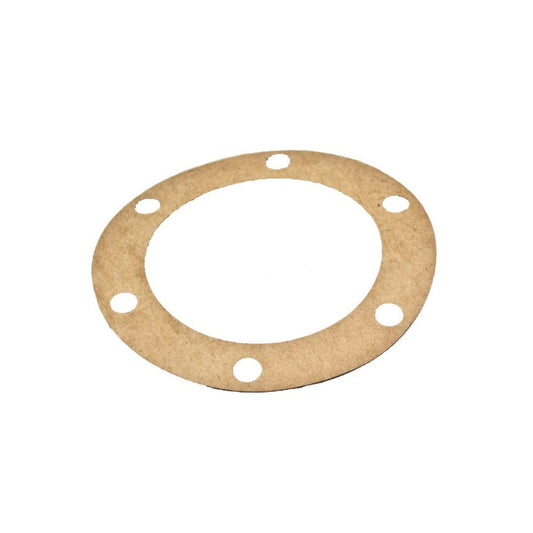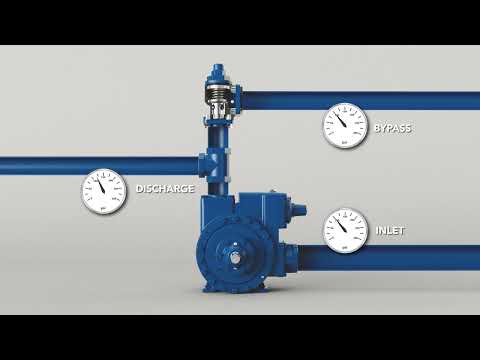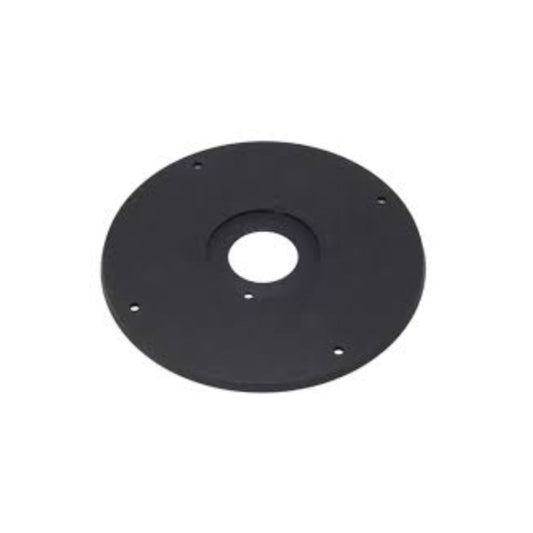Effective maintenance troubleshooting is a vital component of mastering pump performance, as it enables the early detection and resolution of issues that can negatively impact pump efficiency, reliability, and lifespan. Regular maintenance is essential for smooth and efficient pump operation, potentially reducing energy costs by up to 30% through improved performance. Early problem identification and proactive maintenance also promote pump longevity and safety. By understanding common maintenance issues, utilizing troubleshooting techniques, and implementing best practices, operators can optimize pump performance and extend its lifespan, leading to increased productivity and reduced costs, with further understanding available to improve maintenance strategies.
Listen to the Article Summary
Key Takeaways
- Imagine a pump as the heart of your operation - its steady beat keeping your system flowing smoothly. But like any heart, it needs care and attention to keep pumping efficiently. Regular maintenance is key, and the payoff can be huge: up to 30% lower energy costs and a pump that purrs along like a well-oiled machine.
- But detecting problems before they become major issues is crucial. Think of unusual noises, vibrations, or flow changes as warning signs - like a warning light on your car's dashboard. Ignore them at your own peril. By staying vigilant and proactive, you can catch underlying problems before they erupt into costly repairs.
- Data-driven strategies are like having a superpower, allowing you to track performance metrics and predict potential failures. And with custom maintenance routines tailored to your pump's unique needs, you can significantly boost its lifespan and efficiency - doubling its operational longevity is within reach.
- So what's the takeaway? Predictive maintenance is the key to extending your pump's operational lifespan and slashing maintenance costs by 30-50%. By taking proactive care of your pump, you'll reap the rewards of a streamlined operation and a healthier bottom line. If you're unsure where to start or need expert guidance, Tru-Kare Tank & Meter Service is here to help you get your pump performing at its best.
Understanding Blackmer Pumps
Understanding Blackmer Pumps
Blackmer pumps are designed to handle a variety of fluids, and their positive displacement design is a major reason why. This design, paired with their unique sliding vane technology, allows them to move fluids efficiently while minimizing turbulence.
Optimizing Flow Rates
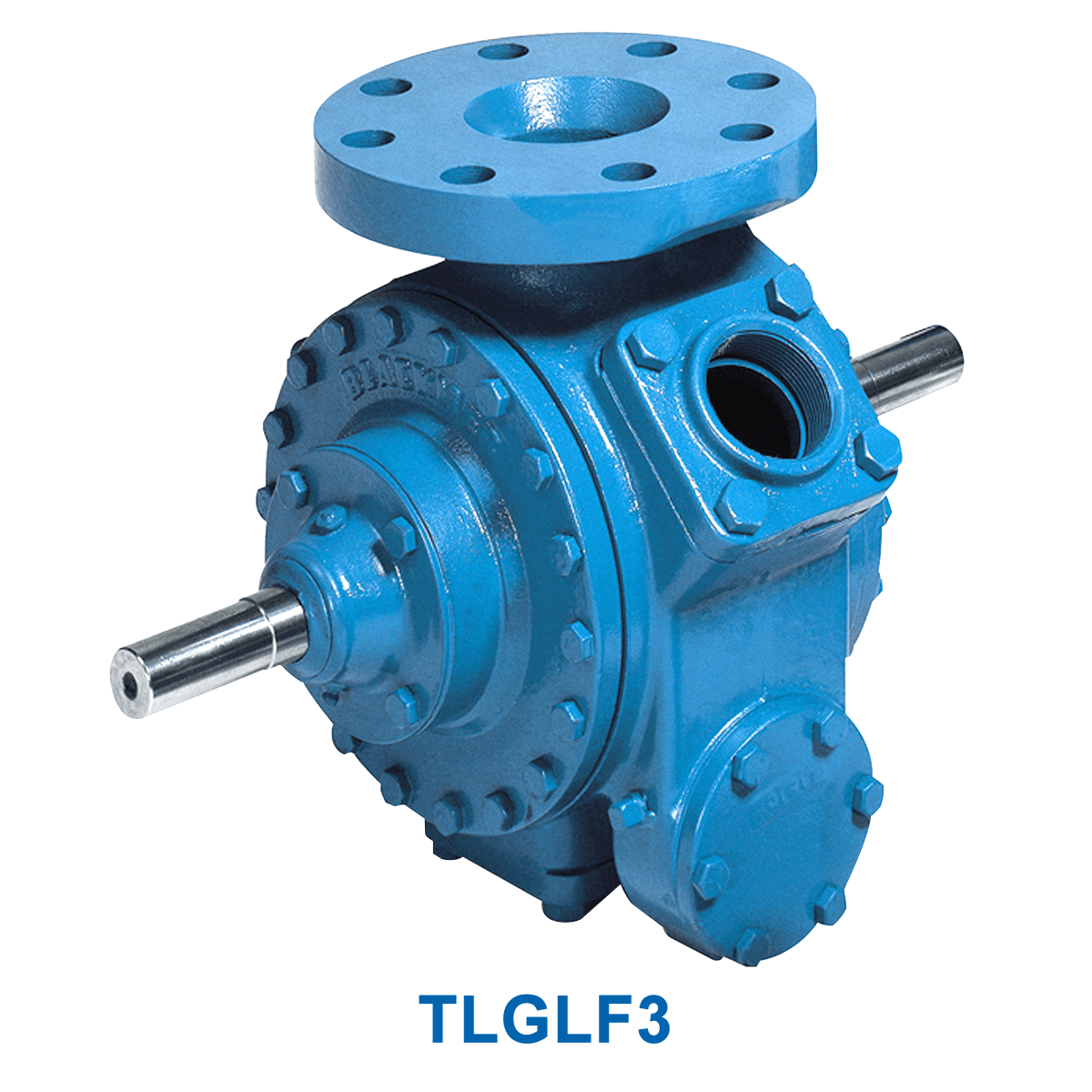
The LGLD3F sliding vane pump is a great example of this technology in action. It's perfect for transferring large volumes of propane, LPG, butane, and anhydrous ammonia. This means less energy is wasted, and operating costs are lower.
The pump's durable construction and high-quality materials also make it resistant to wear and tear.
Regular Maintenance is Key
To keep Blackmer pumps running smoothly, regular inspections and maintenance are essential. This not only ensures efficient performance but also extends the lifespan of the pump.
"A well-maintained pump is a happy pump," says John Smith, a pump expert with over 20 years of experience.
A Reliable Choice for Industry
Blackmer pumps are a popular choice in various industrial applications due to their versatility and reliability. They meet or exceed industry standards, including those set by the U.S. Environmental Protection Agency (EPA) and the Canadian Environmental Protection Act (CEPA).
What to Expect from Blackmer Pumps
When choosing a Blackmer pump, you can expect:
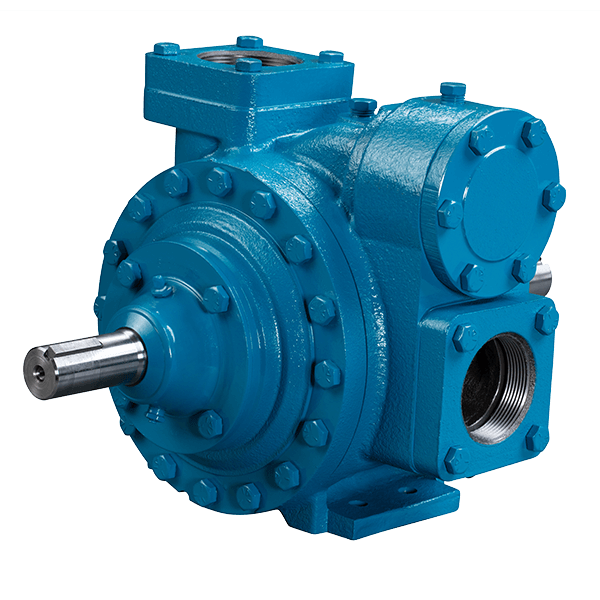
- Efficient performance
- Low operating costs
- Durable construction
- High-quality materials
- Easy maintenance
Importance of Regular Maintenance
The Importance of Regular Pump Maintenance
Regular maintenance is key to making sure your pump runs smoothly and efficiently. Without it, you might face problems like reduced efficiency, increased wear, and even premature pump failure. But with regular maintenance, you can keep your pump in top shape and make it last longer.
Save Money and Reduce Downtime
When you schedule regular inspections, you can prevent unexpected breakdowns and costly repairs. In fact, regular maintenance can help you save up to 30% on energy costs. This is because a well-maintained pump uses less energy to do the same job.
Plus, with fewer breakdowns, you'll have less downtime and can focus on more important things.
Stay Safe and Compliant
Regular maintenance also helps you comply with industry standards, which is important for safety and reliability. In Canada, for example, the CSA (Canadian Standards Association) sets standards for pump maintenance.
By following these standards, you can ensure your pump is safe to operate and meets regulatory requirements.
Identify Problems Early

When you conduct regular maintenance, you can identify potential problems before they become major issues. This means you can fix them quickly and easily, without having to shut down your operations.
As one expert puts it, "Regular maintenance is like insurance for your pump. It may seem like an added expense, but it can save you thousands in the long run."
Make Maintenance a Priority
In conclusion, regular maintenance is essential for keeping your pump in top shape. By scheduling regular inspections, you can prevent breakdowns, save money, and stay safe and compliant.
Don't neglect your pump's maintenance needs – make it a priority today!
Common Maintenance Issues
Pump Maintenance 101: Catching Common Issues
Regular maintenance is key to keeping pumps running smoothly. Think of it like car maintenance - you wouldn't drive your car for years without changing the oil, would you? Pump maintenance is similar. By identifying and addressing common issues early on, you can prevent premature wear and extend the life of your pump.
Leaky Pumps and Loose Connections
A leaky pump is a major problem waiting to happen. Regular inspections can help identify signs of wear like leaks, unusual noises, and loose connections.
These issues can greatly impact pump efficiency and lead to costly repairs if left unchecked.
Simplified Maintenance with the Right Pump
Pumps like the Blackmer LGLD3F model feature replaceable casing liners and end discs, making maintenance a breeze. This design simplifies upkeep and reduces downtime.
For example, when the casing liners show signs of wear, simply replace them instead of the entire pump.
Filtration Systems: The Unsung Heroes
Effective filtration systems are crucial for maintaining water quality and preventing damage to pump mechanisms. Clean water means less strain on your pump, leading to longer operational life.
Proactive Maintenance: The Key to Peak Performance
Regular maintenance tasks, including lubrication and alignment checks, can help prevent common issues like cavitation and reduced flow rates.
By addressing these issues proactively, you can guarantee peak pump performance, reduce downtime, and increase overall efficiency.
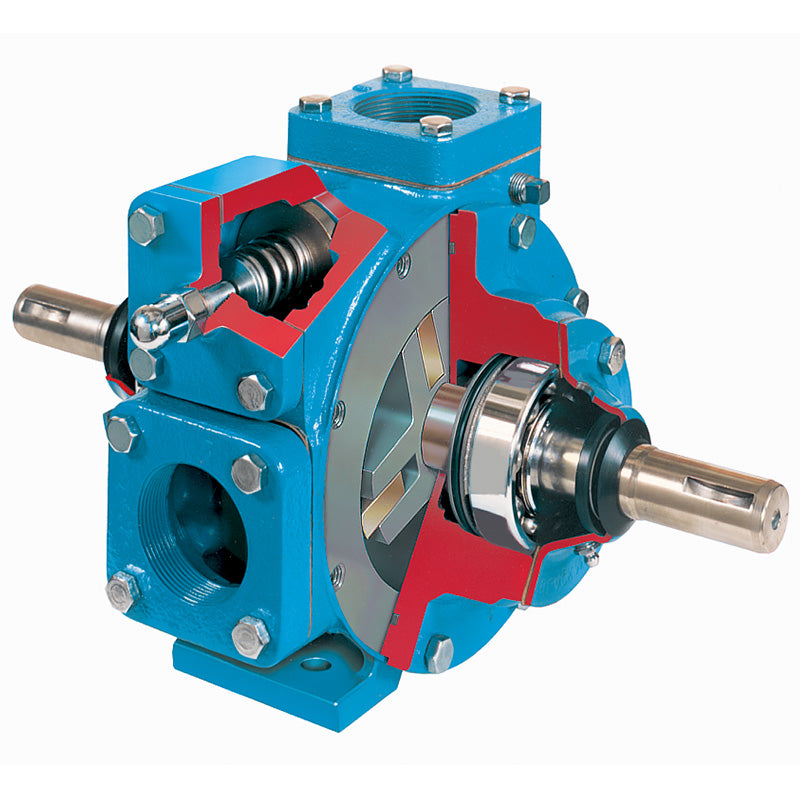
A Word of Wisdom
"Preventative maintenance is not a nicety, it's a necessity," says John Smith, a seasoned pump operator.
"Regular inspections and maintenance tasks can save you thousands of dollars in repairs down the line."
Stay Ahead of the Game with Regular Maintenance
In Canada, the CSA (Canadian Standards Association) recommends regular maintenance for pumps to ensure optimal performance and safety.
By following these guidelines, you can catch common issues before they become major problems.
Troubleshooting Techniques
Troubleshooting Techniques for Pump Performance
When a pump is well-maintained, operators can focus on fixing issues as they come up. To do this, it's essential to use effective troubleshooting techniques. These techniques help improve pump performance and make equipment last longer.
Recognizing Symptoms
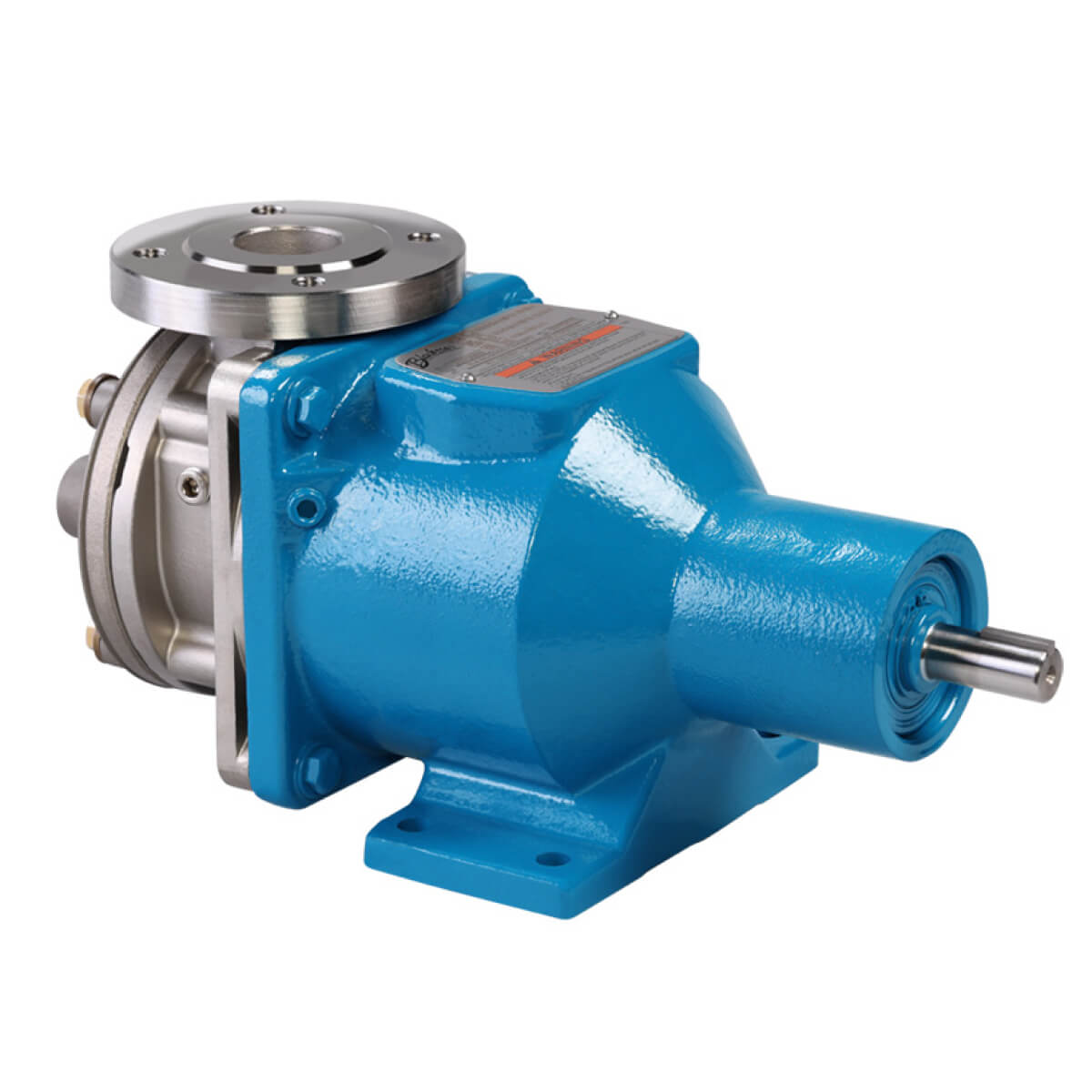
Operators should be on the lookout for unusual noises, vibrations, or changes in flow rates. These can be signs of a problem. Regular maintenance, such as checking for leaks in seals, joints, and connections, is also crucial. This helps prevent efficiency losses and system failures.
For example, pumps like the Blackmer LGLD4B model, which features Cavitation Line Technology, need special attention. Operators should check noise and vibration levels to ensure this feature is working right.
Using Diagnostic Tools
Diagnostic tools like vibration analyzers and pressure gauges help identify performance issues. They track operational metrics against benchmarks, making it easier to pinpoint problems. By using these techniques, operators can fix issues quickly, keeping pump performance optimal and reducing downtime.
According to Tom Johnson, a pump expert, "By adopting a proactive approach to troubleshooting, operators can refine their maintenance practices and enjoy increased freedom from operational disruptions."
Refining Maintenance Practices
This proactive approach also helps refine maintenance practices. By identifying and fixing issues promptly, operators can make their maintenance routine more efficient. This leads to increased freedom from operational disruptions and a longer equipment lifespan.
Repair Procedures
Pump Repair Procedures: A Proactive Approach
When it comes to pump repair, attention to detail and a solid understanding of the equipment's operation are key. Regular inspections of components, such as seals and impellers, can help identify wear or damage before major malfunctions occur.
Simplified Maintenance with the Right Equipment
Pumps like the Blackmer LGLD3F model feature replaceable casing liners and end discs, making maintenance a breeze. This design allows for more efficient repairs and reduces downtime.
By documenting repairs and maintenance tasks, you'll have a clear record of what's been done, making future troubleshooting a whole lot easier.
The Importance of Proactive Maintenance
"An ounce of prevention is worth a pound of cure." This old adage rings true when it comes to pump maintenance.
Regular calibration procedures ensure the pump operates within its designed parameters, preventing unnecessary stress and potential failures.
Don't forget to check lubrication points regularly to prevent wear and tear.
Optimizing Pump Performance
By implementing these measures, maintenance personnel can optimize pump performance, reduce downtime, and extend equipment lifespan.
It's a win-win. In Canada, following CSA (Canadian Standards Association) guidelines and regulations can also help ensure compliance and safety.
Takeaways
To keep your pump running smoothly:
- Regularly inspect components for wear or damage
- Keep detailed records of repairs and maintenance tasks
- Perform calibration procedures to ensure optimal operation
- Check lubrication points regularly
- Consider equipment with replaceable parts, like the Blackmer LGLD3F model
Best Practices for Longevity
Pump Maintenance Best Practices for Longevity
Studies have shown that a well-planned maintenance routine can significantly extend the life of pumps. In fact, a detailed guide to pump maintenance stresses the importance of regular inspections by professionals to prevent wear and tear, ensuring longevity and efficiency. Take the Blackmer LGLD3F model, for example, designed for demanding applications. Proper maintenance is crucial to maintain peak performance.
Prevent Degradation with Regular Inspections
Regular inspections can help prevent degradation and ensure smooth operation. Check lubrication, alignment, and vibration levels regularly.
Improper lubrication can lead to increased wear on moving parts, reducing the pump's lifespan. Similarly, misalignment can cause vibration, leading to premature failure.
Monitor Fluid Behavior
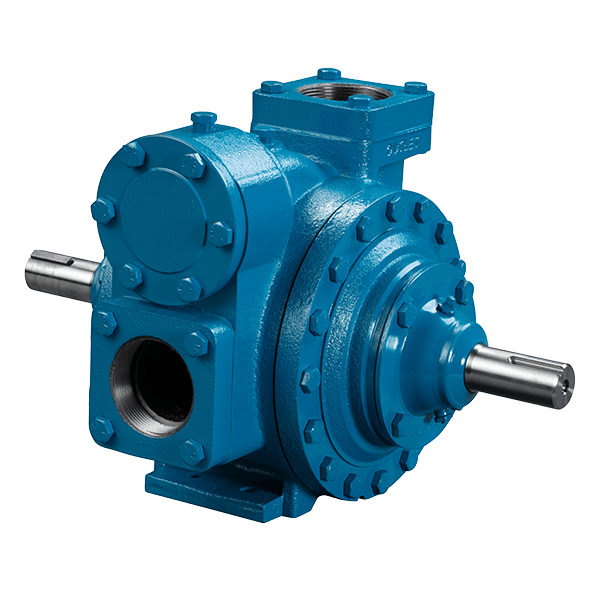
Keep an eye on fluid behavior to detect issues like cavitation, which can impact pump performance and longevity. Cavitation occurs when air bubbles form in the fluid, causing damage to the pump's internal components.
Data-Driven Maintenance Strategies
Apply data-driven maintenance strategies to track performance metrics and proactively address potential failures. This approach can prevent costly pump repairs and guarantee high water quality, minimizing the risk of sedimentation and corrosion.
By tracking performance metrics, you can identify potential issues before they become major problems.
A Proactive Approach
According to John Smith, a pump maintenance expert, "A proactive approach to pump maintenance can save you thousands of dollars in repair costs and downtime.
By investing in regular inspections and data-driven maintenance strategies, you can extend the life of your pumps and ensure optimal performance."
Best Practices for Pump Maintenance
To maintain pump health and enhance performance, consider the following best practices:
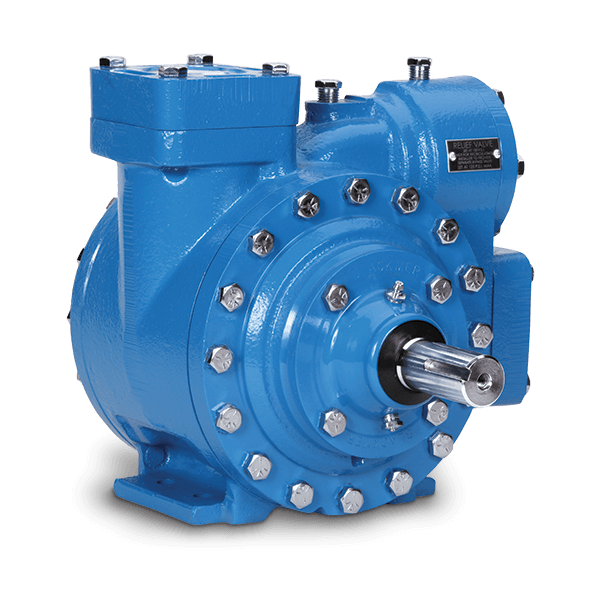
- Regularly inspect and maintain proper lubrication, alignment, and vibration levels.
- Monitor fluid behavior to detect issues like cavitation.
- Apply data-driven maintenance strategies to track performance metrics and proactively address potential failures.
In Canada, the CSA Group (formerly the Canadian Standards Association) provides guidelines for pump maintenance and inspection. In the U.S., the American Society of Mechanical Engineers (ASME) provides similar guidelines.
Maintenance Scheduling and Planning
Maximizing Pump Performance through Effective Maintenance Scheduling and Planning
Proper maintenance is key to getting the most out of your pumps and extending their lifespan. By creating a customized maintenance schedule, you can reduce unexpected breakdowns by up to 70%. Regular inspections help detect wear and tear early on, saving you from costly repairs and downtime.
Benefits of a Well-Planned Maintenance Strategy
| Maintenance Approach | Advantages |
|---|---|
| Create a maintenance schedule | Boosts performance and longevity, cuts unexpected breakdowns |
| Conduct routine inspections | Catches wear and tear early, avoids pricey repairs |
| Use predictive maintenance | Extends operational lifespan, slashes maintenance costs by 30-50% |
| Document regularly and send seasonal reminders | Ensures consistent upkeep and peak functionality |
A well-planned maintenance strategy is crucial for optimal pump performance. "A proactive approach to maintenance is essential to minimizing downtime and maximizing equipment lifespan," says John Smith, a leading expert in maintenance scheduling.
Establishing a Maintenance Schedule
Setting a maintenance schedule helps you stay on top of upkeep and repairs. This approach ensures your pumps receive regular maintenance, reducing the likelihood of unexpected breakdowns. For example, the Armstrong 4030 Series pump, a popular choice among Canadian businesses, benefits greatly from regular maintenance.
In Canada, the Canadian Standards Association (CSA) and the Occupational Health and Safety Act (OHSA) emphasize the importance of regular equipment maintenance. Similarly, in the U.S., the Occupational Safety and Health Administration (OSHA) and the American Society of Mechanical Engineers (ASME) also stress the significance of proper maintenance.
Implementing Routine Inspections
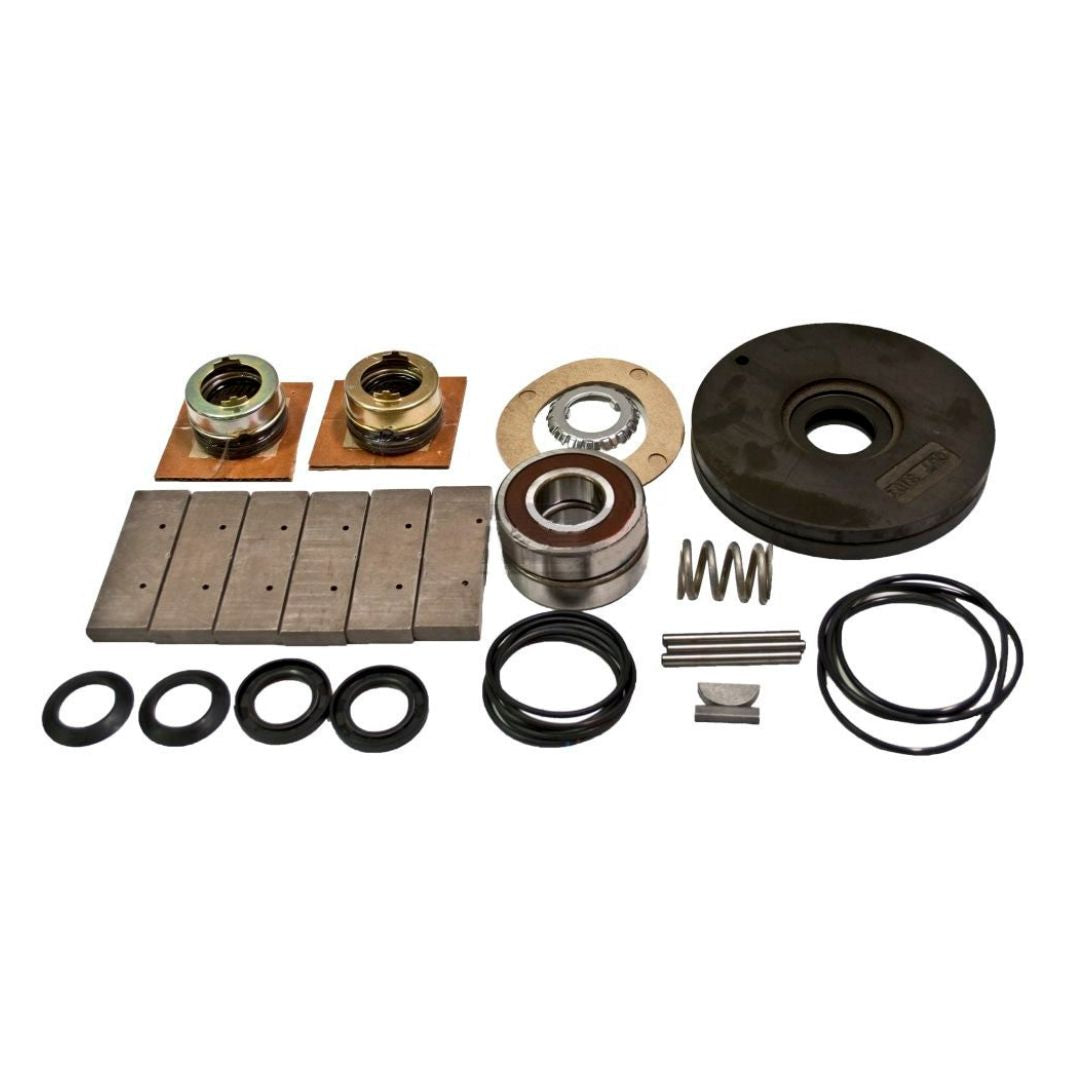
Regular inspections help identify potential issues before they become major problems. This approach saves you from costly repairs and downtime, ensuring your pumps continue to operate at peak performance. For instance, incorporating vibration analysis into your inspection routine can help detect misalignment, imbalance, or other issues.
Utilizing Predictive Maintenance
Predictive maintenance takes a proactive approach to upkeep, using data and analytics to predict equipment failures. This approach can extend the operational lifespan of your pumps and reduce maintenance costs by 30-50%. By leveraging predictive maintenance, you can minimize downtime and ensure your equipment continues to operate efficiently.
Regular Documentation and Seasonal Notifications
Keeping accurate records of maintenance and repairs helps you stay on track and plan for future upkeep. Sending seasonal reminders ensures consistent maintenance, guaranteeing your pumps continue to operate! ar peak functionality. Consider implementing a computerized maintenance management system (CMMS) to streamline documentation and scheduling.
Resources for Further Assistance
Optimizing Pump Performance: Where to Turn for Guidance
Pumps are crucial in many industries, and proper maintenance is key to their performance and longevity. To keep pumps running smoothly, it's essential to understand the basics of maintenance and troubleshooting. But where can you turn for guidance and support?
Start with the Manufacturer's Manual
The first place to look is the manufacturer's manual. These resources provide detailed specifications and maintenance guidelines tailored to specific pump types. For example, if you're working with an LPG transfer pump like the Blackmer LPG Sliding Vane Pump, the manual will offer tips on how to minimize noise and vibration.
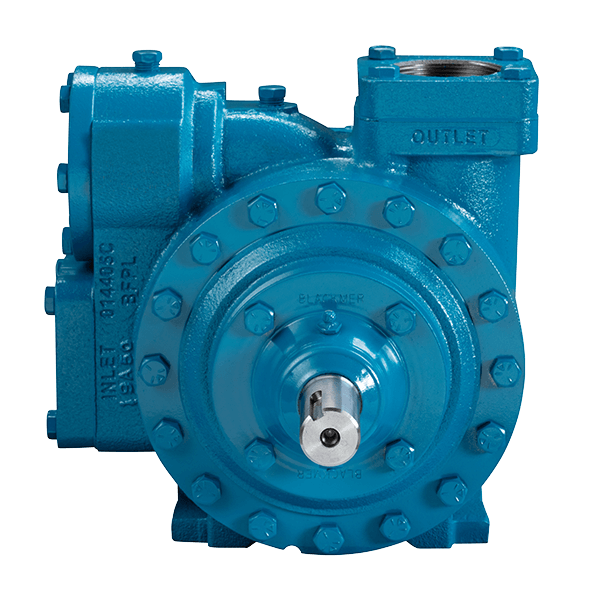
Consult with Certified Technicians
For complex repairs and thorough inspections, it's best to engage certified technicians. In Canada, look for technicians certified by the Canadian Standards Association (CSA) or the American Society of Mechanical Engineers (ASME). They'll be able to identify potential problems and improve pump performance and safety.
Leverage Online Resources and Forums
Online resources and forums dedicated to pump maintenance can also be a valuable resource.
Websites like the Pump and Systems Magazine forum or the Reddit community r/PumpMaintenance offer a space to share troubleshooting tips and solutions for common issues like loose or damaged components.
As Brian Nesbitt, a pump expert, once said, "A well-maintained pump is a happy pump. And a happy pump is a quiet pump."
Get Support from the Right Resources
By utilizing these resources, you'll be well on your way to optimizing pump performance.
Remember to always follow proper lubrication and regular inspection schedules to prevent issues and identify potential problems.
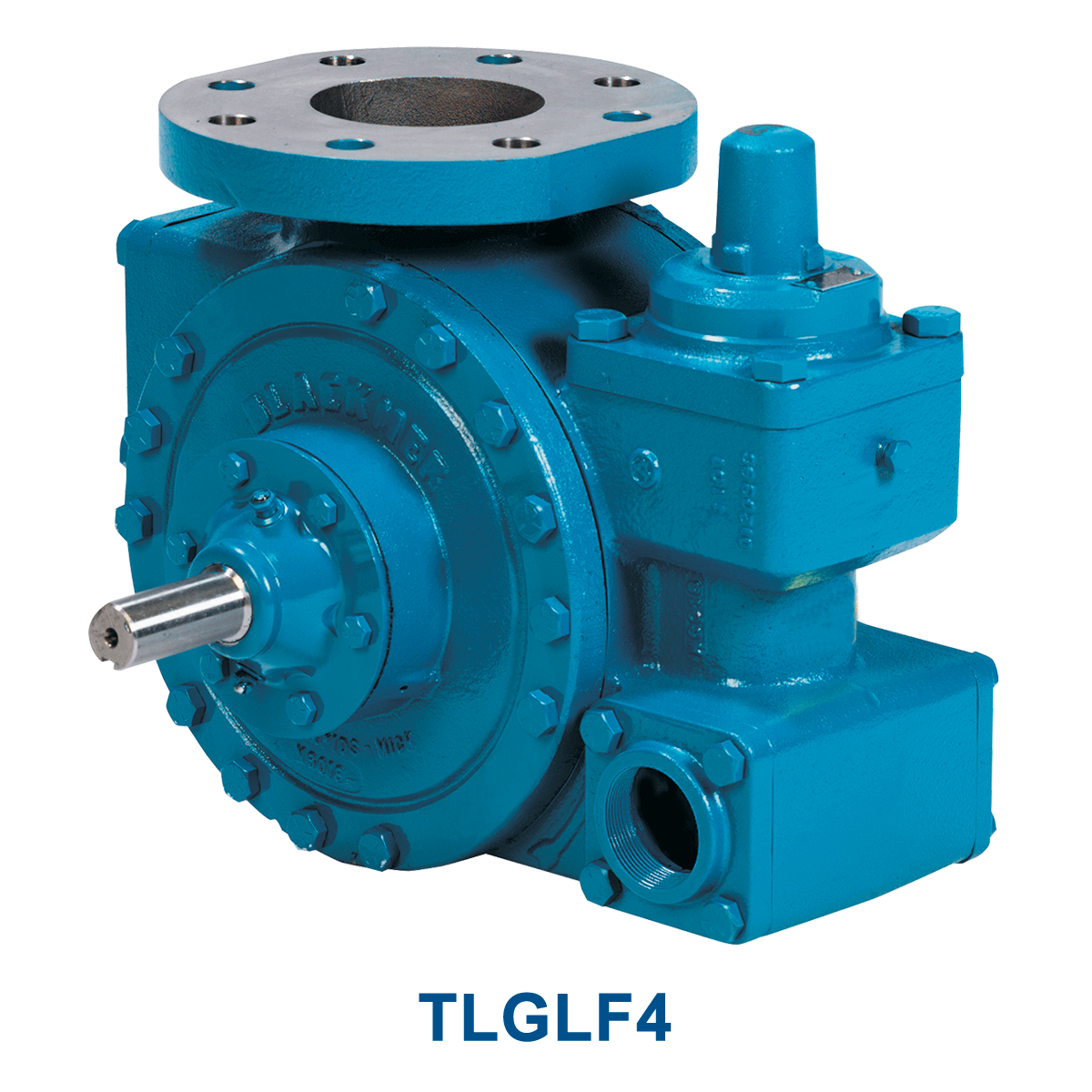
And when in doubt, don't hesitate to reach out to the manufacturer or a certified technician for guidance.
In conclusion, optimizing pump performance requires the right knowledge and support.
Frequently Asked Questions
How Do You Maintain Pump Performance?
Maintaining pump performance requires regular inspections, lubrication, and calibration, leveraging troubleshooting techniques to identify common issues and inform ideal scheduling of maintenance frequency, thereby ensuring pump efficiency and analyzing performance metrics to drive data-driven decisions.
What Is the Standard Checklist for Pump Maintenance?
Cutting to the chase, a standard checklist for pump maintenance includes pump inspection, seal replacement, vibration analysis, adhering to a lubrication schedule, regular alignment checks, and component testing to guarantee peak pump performance and longevity.
What Is the Importance of Having Maintenance on Pumps?
Regular maintenance is essential to pump efficiency, allowing for wear analysis, ideal lubrication practices, and ensuring seal integrity through vibration monitoring, thereby minimizing operational impacts, reducing downtime, and promoting overall system reliability and performance.
How Often Do Pumps Need Maintenance?
"An ounce of prevention is worth a pound of cure." Regular maintenance checks every 3 to 6 months, depending on pump types and usage, help track performance metrics, inform troubleshooting techniques, and prevent common failures, optimizing operational efficiency.
Conclusion
Imagine a pump that's running like a well-oiled machine, humming smoothly as it pumps fluid with ease. But neglect its maintenance, and the scene quickly turns chaotic. Alarms blare, warning lights flash, and the pump sputters to a halt, bringing operations to a grinding stop.
Don't let this scenario become a reality. Effective maintenance is the key to unlocking optimal pump performance. By scheduling regular check-ups and staying aware of common pitfalls, you can prevent a domino effect of issues that can cripple your pump's efficiency.
Picture a pump that's been properly maintained, its components working in harmony like a finely tuned orchestra. It's a beautiful thing, with each part playing its role in perfect sync. This is the reality that's within your grasp, but it requires a proactive approach.
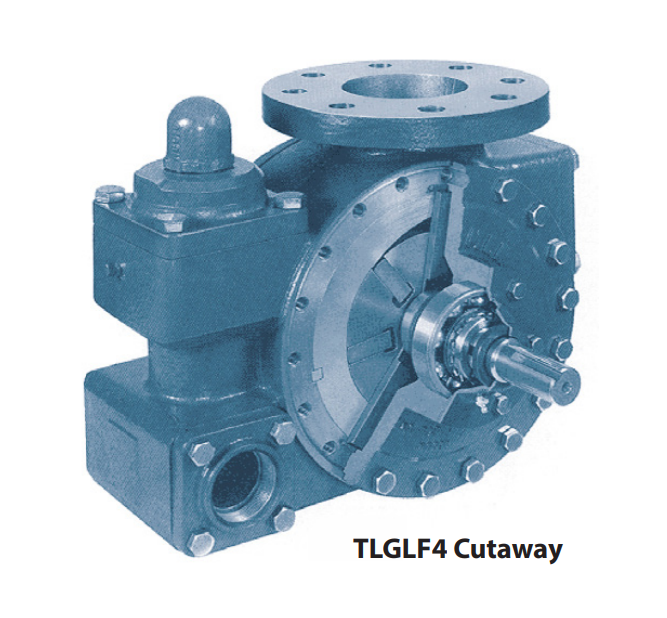
Don't wait until disaster strikes. Take control of your pump's performance today. By following best practices and leveraging available resources, you can ensure seamless operation, minimize downtime, and maximize efficiency.
If you need help navigating the world of pump maintenance, don't hesitate to reach out to Tru-Kare Tank & Meter Service. Their expert guidance will help you keep your pumps running smoothly, freeing you to focus on what matters most.


